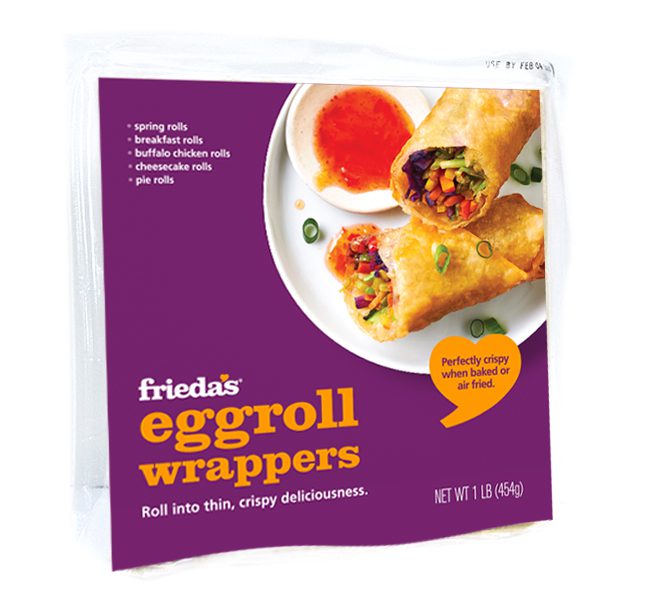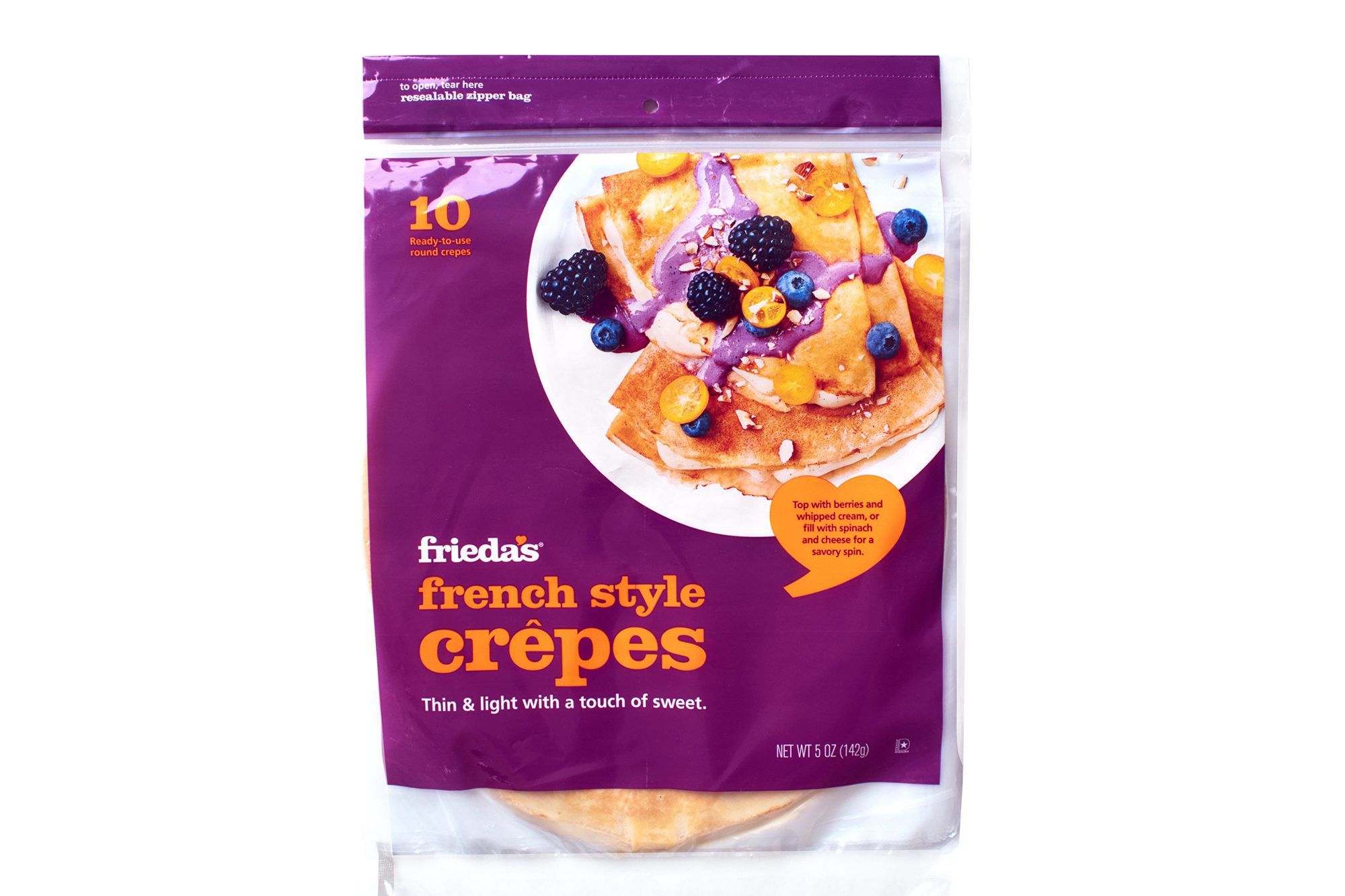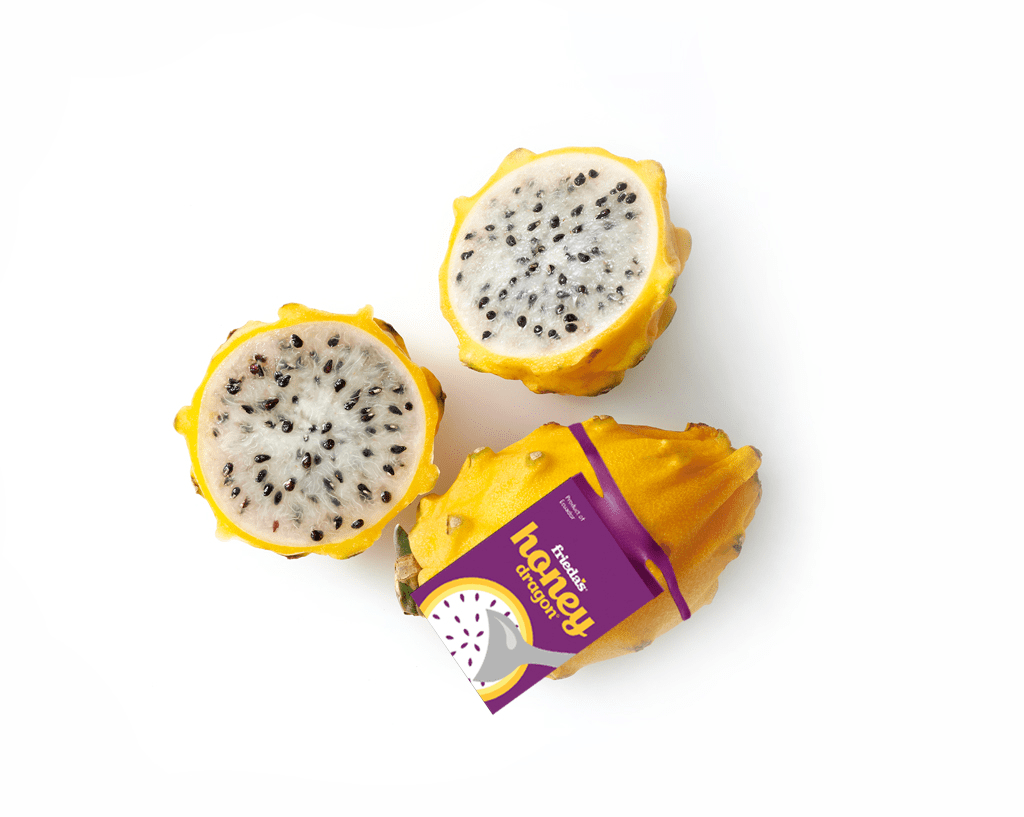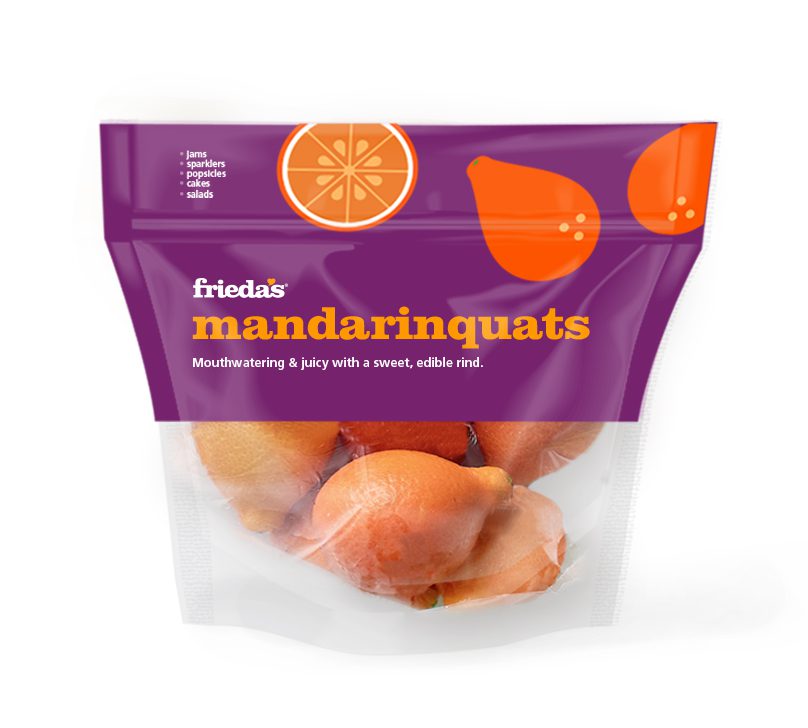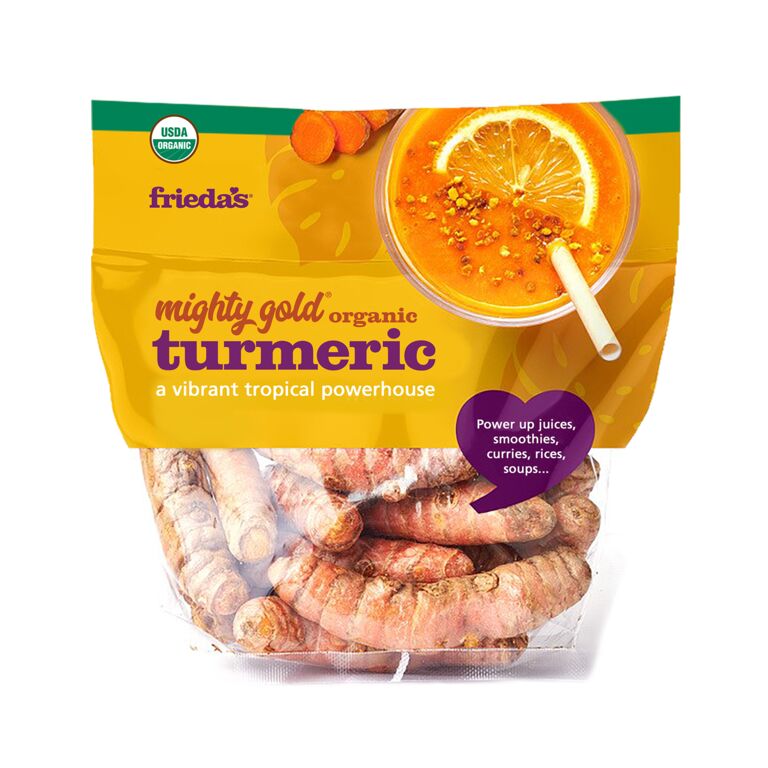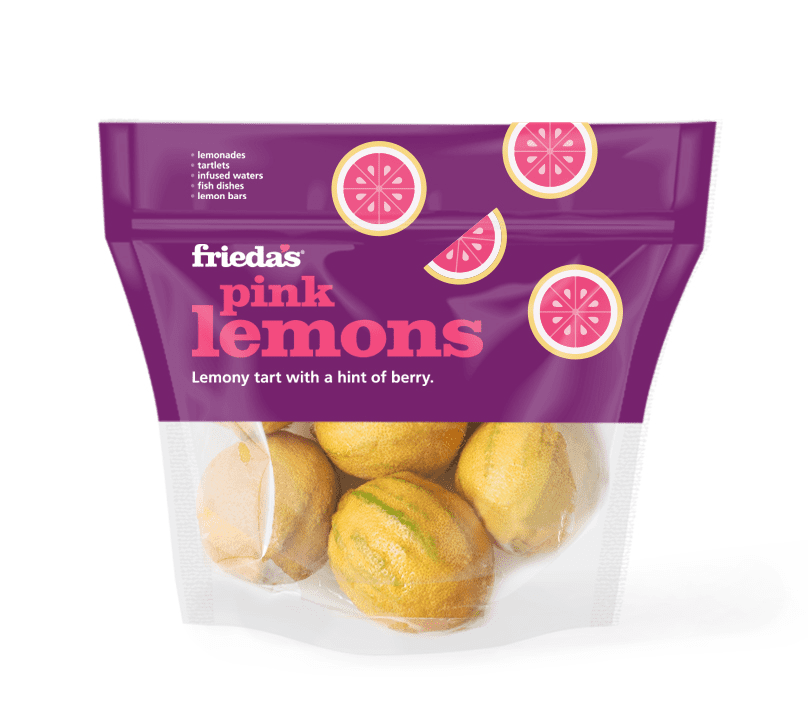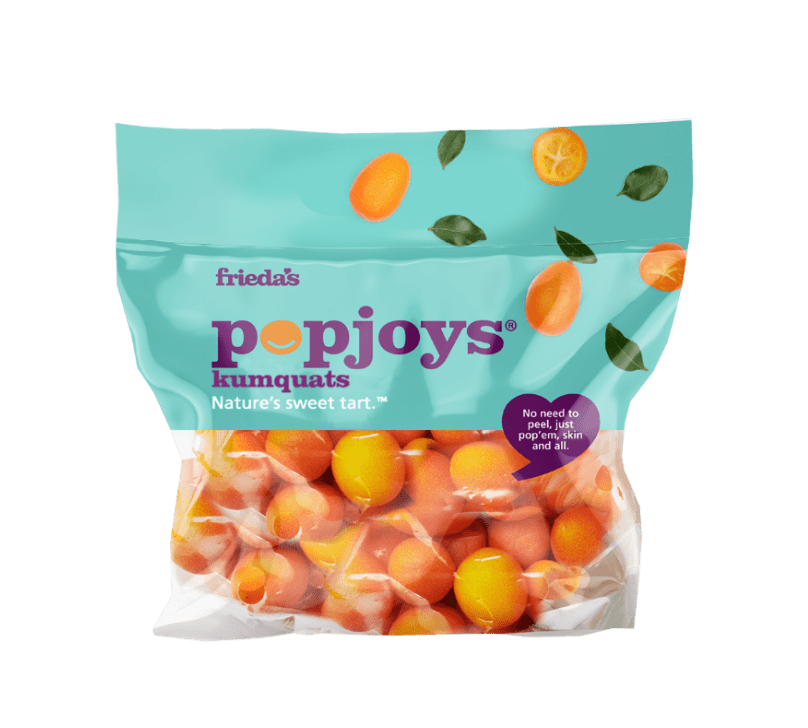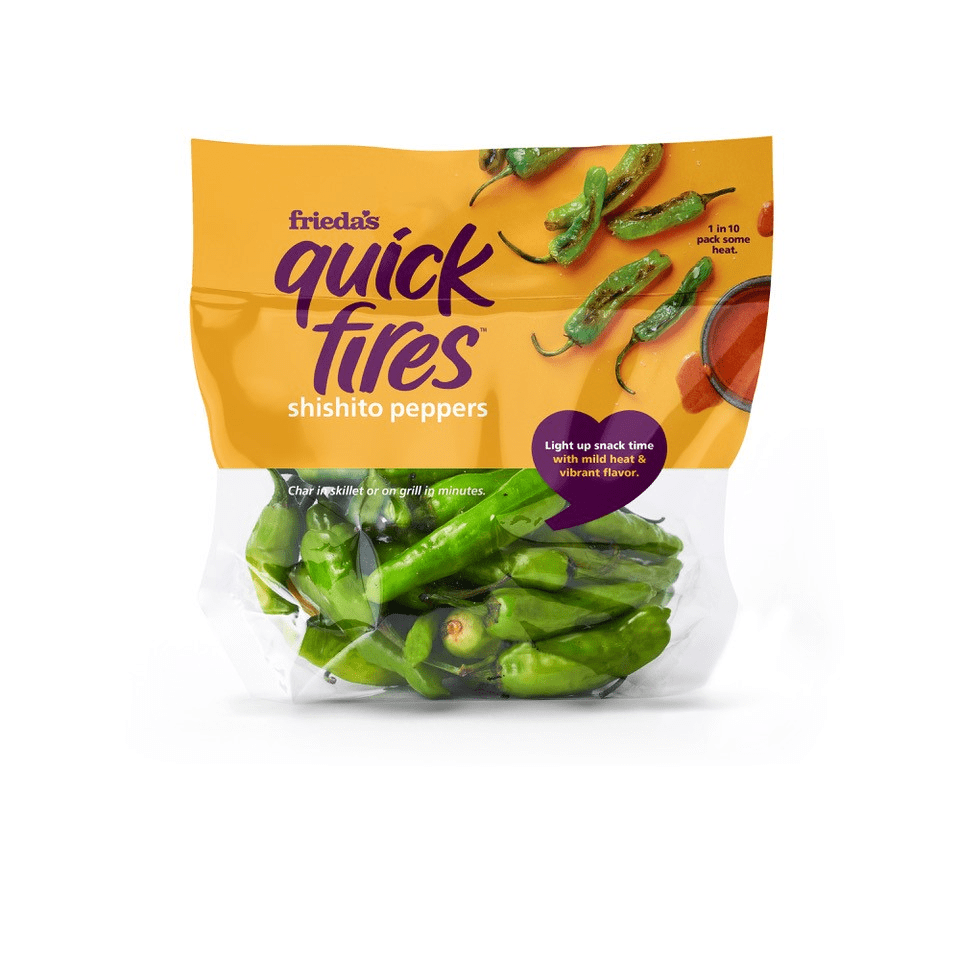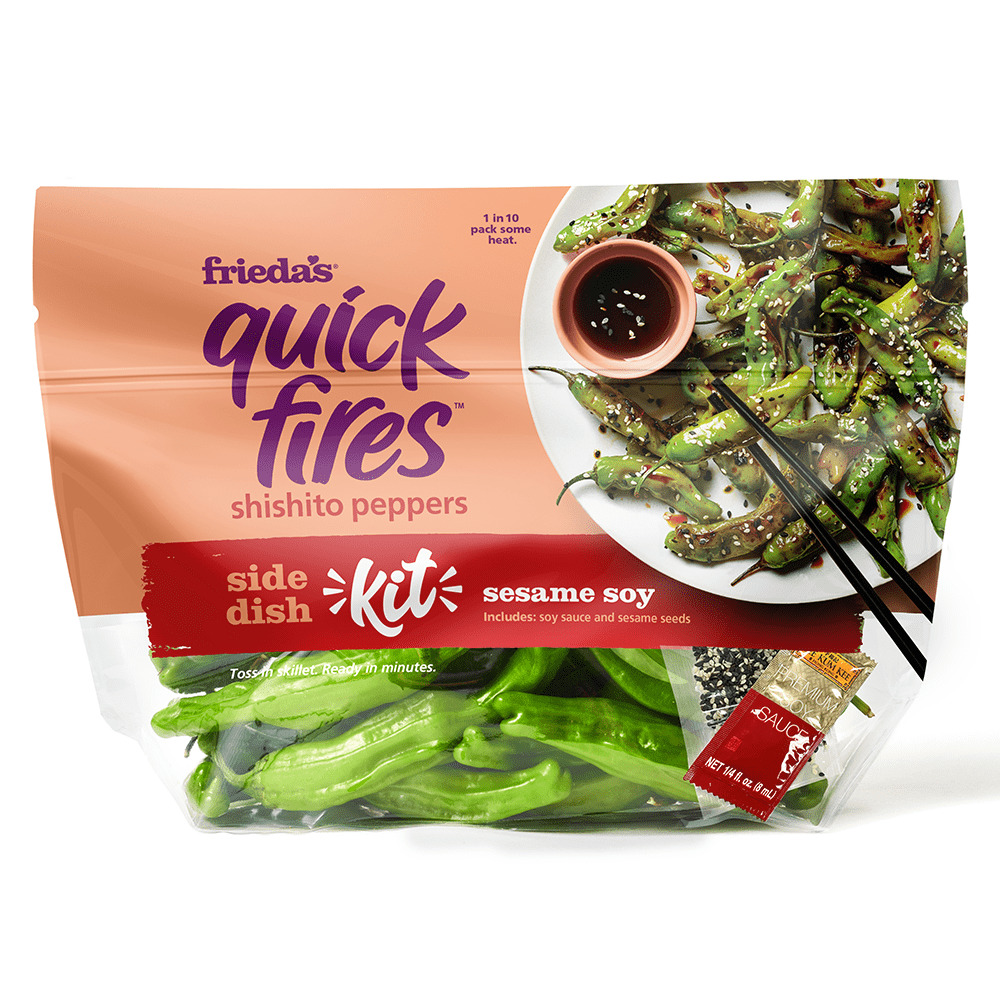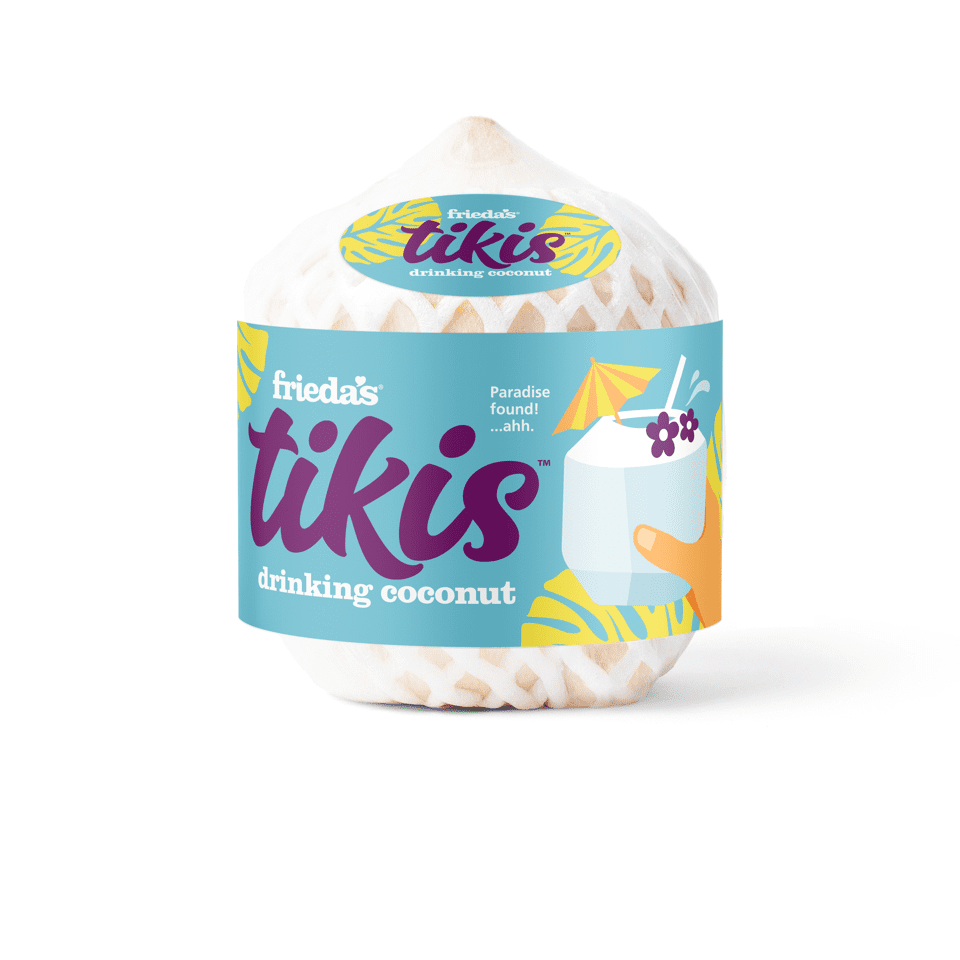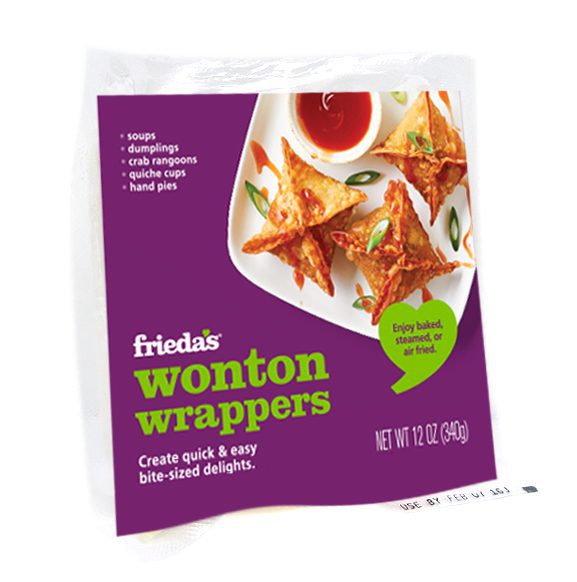If you are not in the produce industry, you probably didn’t know that there is a National Apple Month. Actually, I just read that the U.S. Apple Association has made National Apple Month into a three-month promotion – September, October and November… I think that makes it an oxymoron! Regardless, having an apple month is a great way to communicate to consumers that freshly harvested apples are available.
We are so spoiled here in the United States — almost all of our fruits and vegetables are available 12 months out of the year, so we may not even realize when the new crop of anything becomes available.
Well it’s that time for apples. And if you live near an apple-growing area, you are surely aware of it, as many farmers have a “pick your own” event at their orchards. Although I have never picked my own apples, I have many friends across the country who say that it is a wonderful weekend family activity.
Most commercial apple growers in the United States harvest their fruit during a three-month time period. I called one of my apple grower friends (Brian in Wenatchee, WA) and he gave me the scoop:
Growers harvest apples at different times, depending on the timing of their ripening. Some varieties are ready to harvest in August (like Galas and Honeycrisp). Then in September come the Braeburn, Cameo, Fuji, Golden Delicious and Jonagold. And finally, the season finishes up in October and sometimes November with Granny Smith, Pink Lady and Red Delicious. And there are many other varieties — these are just the biggies from the West Coast. New York apple growers have many other varieties.
Apples are still harvested by hand into bushel baskets (if the trees are tall, they have to climb up ladders to harvest), and then transferred to large bins holding a thousand pounds or more. The apple bins are then transported by truck to a cold storage/packing shed where they are inspected for quality and ripeness (using a refractometer). Next, the apples are immediately put into cold storage (33 to 34 degrees).
The fruit is then washed, graded, waxed and packed into large 40-pound cartons, in which all apples are the identical size. You should see some of the high-tech equipment that apples are packed on. It is an incredibly fast-paced sight to see!
Imagine for a moment how big the apple industry must be. Growers have to produce enough apples to supply every single consumer (through supermarkets and restaurants) in America, 365 days a year. Plus, I’m certain that every apple grower and shipper exports apples to other countries around the world, too. And, yes, even though you might find apples from New Zealand in your local supermarket at various times of the year, the U.S. apples growers are the primary source of supply, which is why apples are commercially grown in 36 states!
We all know the saying, “An apple a day keeps the doctor away.” Well, listen to your mother and grandmother! Apples are high in fiber, fat free, sodium free and they are a source of the mineral boron, which may promote bone health. (More info on boron here.)
So, next time you entertain, instead of having a wine-tasting party, why not have an apple-tasting party! Take off the labels, and cut various apple varieties into eighths. Have your guests score each (unnamed) one on sweetness, color, tartness, crunchiness, etc. I bet you’ll be surprised. Many people think that apples only come in three colors (red, green and yellow) and may not realize the incredible flavors and textures that are available.
When shopping for apples, you’ll find that some retailers refrigerate them. We think that’s good! Apples should always be refrigerated to maintain their freshness and crispness. When you get them home, store your apples in the fridge, not on the counter.
As far as my favorite apple variety, I have to side with my mother. We both love the Fuji apple. They are quite sweet-tart and very crunchy.
So, during your next stop at the grocery store, check out the apple display. This is the time of year when supermarkets have “Apple-o-Rama” promotions and you’ll have the most choices.
Enjoy!
Karen
Got this as a forward? Reading online? Click here to subscribe to this blog.


